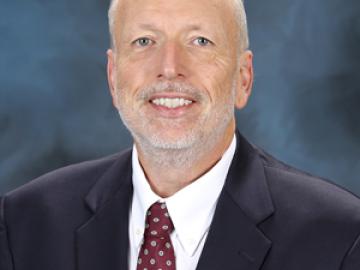
Artificial intelligence tools secure tomorrow’s electric grid






For more than 50 years, scientists have debated what turns particular oxide insulators, in which electrons barely move, into metals, in which electrons flow freely.





